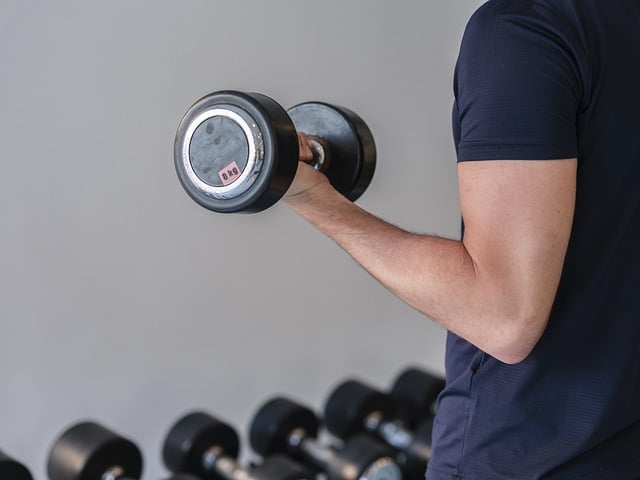Share This Article:

Lower Muscle Mass may be Associated with Higher Incidents of Knee Osteoarthritis
22 Jun, 2024 F.J. Thomas

Sarasota, FL (WorkersCompensation.com) – The most prevalent form of arthritis is Osteoarthritis, which is the leading cause of disability. Musculoskeletal diseases are responsible for over a third of worker’s compensation claims, with over 200 million workdays lost.
While osteoarthritis has been responsible for a sizeable portion of worker’s compensation, studies determining whether physical activity is a directly associated risk have produced conflicting results, especially in relation to osteoarthritis of the knee. While physical activity resulting in loading force on the joint has been proposed as a risk factor, a large 2021 study found that time spent in physical activity was not associated with knee osteoarthritis outcomes.
Researchers from the University Medical Center Rotterdam in the Netherlands proposed that different types of physical activity produce varying loads and impact on the knees that many large studies have been unable to account for. Additionally, the researchers speculate that the effect of physical activity on knee osteoarthritis could depend on the strength and development of muscles surrounding the knee joint.
To test their hypothesis, the researchers reviewed the relationship between types of physical activity with the risk of knee osteoarthritis, specifically weight bearing and non-weight bearing. Additionally they reviewed whether the relationship was directly effected by lower-limb muscle mass (LMI).
Using the data from the Rotterdam Study, which was a 1990’s long term study targeting cardiovascular, neurological, ophthalmological and endocrine diseases and included over 15,000 participants, researchers reviewed the incidence of knee osteoarthritis based on the clinical data. Additionally, the researchers collected information on LMI. A total of 5,003 participants were reviewed, of which 56 percent were women, and an average age of 64.
The incident rate of knee osteoarthritis was 8.4 percent, with no record of the condition reported at the original start of the Rotterdam study.
The total hours of recreational physical activity averaged at around 43.6 hours per week, of which 76 percent was weight bearing, and 24 percent was non-weight bearing. Around 89 percent of weight bearing activity included walking, with around 11 percent from regular sports that included running. Around 86 percent of the non-weight bearing activity included activities such as biking, and around 14 percent from swimming.
Overall, the researchers did not find an association of physical activity with symptomatic knee osteoarthritis, however they did conclude that higher weight bearing type activity was associated with increased odds of knee osteoarthritis, but only in those cases of low LMI. The researchers state that while physical activity does have numerous health benefits, caution should be taken in those individuals with low LMI when engaging in weight bearing activities. The researchers believe LMI is a critical factor to consider when assessing patients for osteoarthritis and a subsequent treatment plan.
california case management case management focus claims compensability compliance courts covid do you know the rule emotions exclusive remedy florida FMLA fraud glossary check health care Healthcare hr homeroom insurance insurers iowa leadership medical NCCI new jersey new york ohio osha pennsylvania roadmap Safety state info technology texas violence WDYT west virginia what do you think women's history women's history month workcompcollege workers' comp 101 workers' recovery Workplace Safety Workplace Violence
Read Also
About The Author
About The Author
-
F.J. Thomas
F.J. Thomas has worked in healthcare business for more than fifteen years in Tennessee. Her experience as a contract appeals analyst has given her an intimate grasp of the inner workings of both the provider and insurance world. Knowing first hand that the industry is constantly changing, she strives to find resources and information you can use.
More by This Author
Read More
- Apr 14, 2025
- Frank Ferreri
- Apr 14, 2025
- Claire Muselman
- Apr 14, 2025
- Chris Parker
- Apr 13, 2025
- Claire Muselman
- Apr 13, 2025
- Chris Parker
- Apr 13, 2025
- Liz Carey




